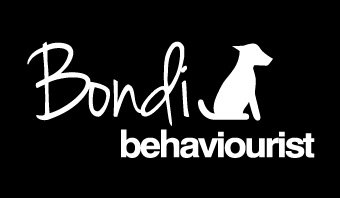Training our dogs for wellbeing not just obedience
Training Dogs for Emotional Well-Being, Not Just Obedience
When it comes to dog training, many Sydney dog owners have an emphasis on training obedience. However, the ultimate goal shouldn’t just be about strict adherence to commands. Whether training a puppy, an anxious dog, or a reactive dog, focusing on emotional well-being creates a foundation for better behavior and a healthier relationship between dog and owner.
The Bedrock of Happy and Healthy Emotional States
Effective dog training isn’t about demanding robotic obedience. Instead, it’s about fostering a calm and happy emotional state as a foundation for engagement. This emotional balance provides dogs with a stable environment to learn and grow. While moments of excitement and stimulation are natural and healthy, the core state should be one of calmness and happiness.
Why is this important?
Reduces Negative Behaviors: Many undesirable behaviors are rooted in negative emotional states, such as anxiety or frustration.
Enhances Learning: A calm and happy dog is more receptive to learning and training.
Strengthens the Bond: Training becomes a shared, positive experience, strengthening the bond between dog and owner.
Using Training to Shape Emotional Well-Being
Training should go beyond teaching dogs to sit, stay, or heel. It’s a tool to help them regulate their emotional states. By creating a calm and positive environment, desirable behaviors naturally surface, while negative behaviors diminish.
Key strategies include:
Positive Reinforcement: Rewarding desired behaviors encourages dogs to repeat them.
Mindful Socialization: Gradually introducing dogs to new environments and experiences helps them build confidence.
Consistent Boundaries: Clear and fair boundaries provide a sense of security.
Meeting Enrichment Needs: Activities with your dog should ultimately be done to meet their underlying needs. Different breeds and individuals will have different needs. It’s important to think deeper than just walking them.
The Link Between Emotional States and Behavior
Dogs often act out when they’re experiencing negative emotional states. Reactive dogs, for example, may bark or lunge out of fear or anxiety. By shifting their emotional state to one of calm and confidence, these reactive behaviors can be mitigated.
Rather than suppressing behaviors through strict obedience training, the focus should be on addressing the underlying emotional causes. This approach helps:
Reduce Reactivity: Calm, confident dogs are less likely to react negatively to triggers.
Increase Focus: Happy and emotionally balanced dogs are more engaged and responsive during training.
Promote Lasting Positive Behaviors: Behavioral improvements are more sustainable when they stem from a positive emotional foundation.
The Role of the Trainer and Owner
Dog trainers and owners play a crucial role in fostering a dog’s emotional well-being. Training approaches should be gentle, supportive, and focused on creating positive experiences. Owners must also learn to read their dog’s emotional cues and adjust their training techniques accordingly.
Conclusion
Whether you’re tackling puppy training, managing an anxious dog, or wondering how to train your reactive dog, the focus should be on creating a calm and happy emotional foundation. By prioritizing emotional well-being over strict obedience, desirable behaviors naturally emerge, leading to a more harmonious relationship between you and your dog.
For dog owners in Sydney seeking compassionate and effective training methods, consider approaches that prioritize your dog’s emotional health. The right training can unlock a lifetime of positive behavior and happiness for both you and your furry companion.

